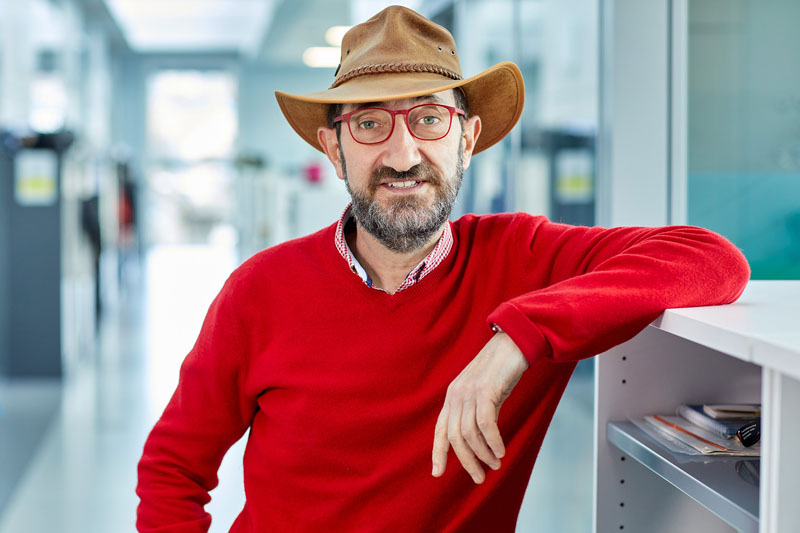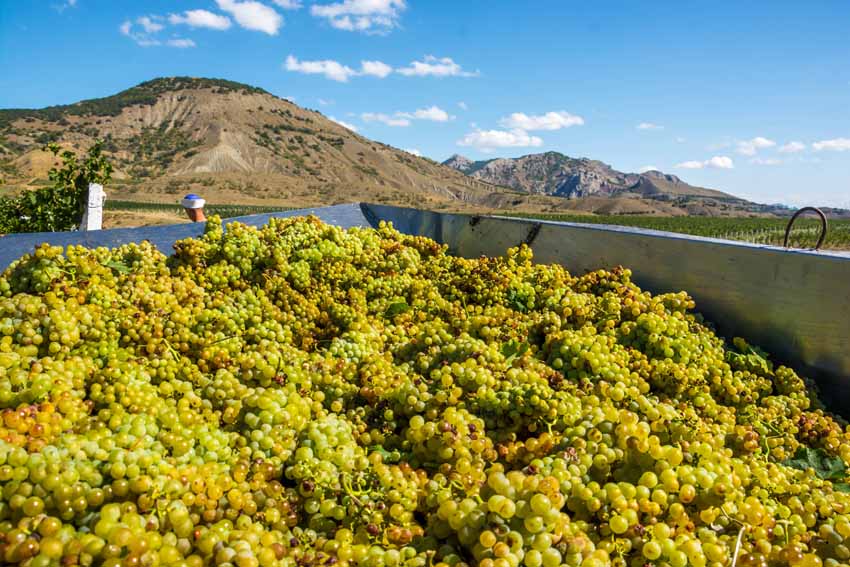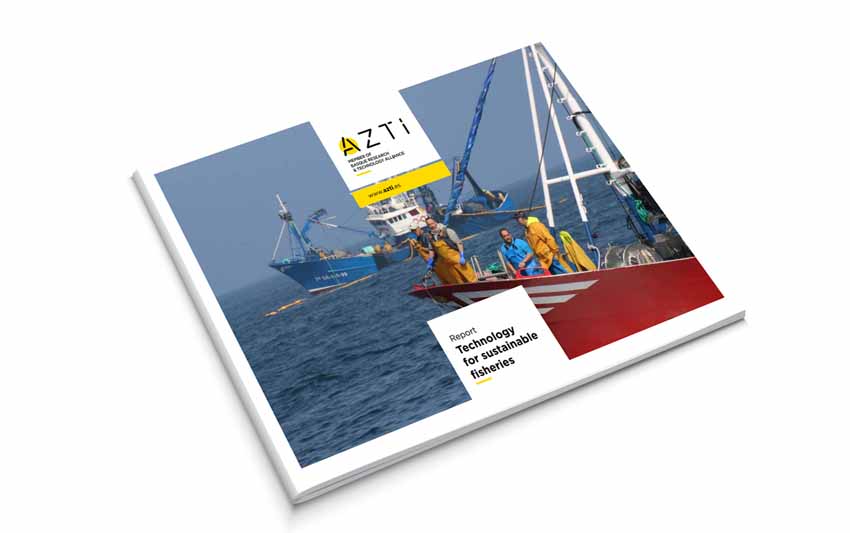Three approaches to functional profiling and identification of bio-indicators for eDNA monitoring in coastal environments
Últimas noticias
AZTI Researcher Ángel Borja Receives Prestigious Odum Award for International Scientific Career
Una mirada LGTBIQ+ al reino animal
Circular Economy in Action: Valorisation of By-products through Projects like PRIMA NEWFEED
ION LUIS ABAD, LAURA ALONSO and ANDERS LANZÉN, researchers at Marine Ecosystems Functioning
Coastal and estuarine ecosystems are highly complex and threatened by various human activities such as eutrophication (excess input of inorganic nutrients), industrial pollution, hydrological alteration or climate change.
The regulations we have today to protect these ecosystems are based on biological indicator species, which depend on the expertise of qualified taxonomists and makes it difficult for monitoring programmes to be implemented quickly and even automated.
These techniques are not yet well studied, but we already know some of their advantages. On the one hand, the sampling of microbial communities is quick and easy (as explained in this video on environmental monitoring of the Indired project). On the other hand, techniques based on environmental DNA (eDNA) have come a long way and they allow us to study this broad functional diversity in an efficient and holitic way.
However, as we said, much remains to be deciphered from this methodology. Only a small percentage of all micro-organisms present on our planet are culturable in the laboratory, so we do not know much about their metabolism and their role in the ecosystem.
Three approaches to biomarker search using eDNA
To shed some light on the most suitable techniques for these analyses, we have compared three different methodologies for the functional characterisation of the microbial communities of the estuarine benthos on our coasts for the search of bio-indicators using eDNA:
- Metabarcoding of the 16S ribosomal RNA gene: the extracted eDNA is amplified in the 16S rRNA gene region as this sequence functions as a barcode to identify the micro-organisms present in the medium.
- Microarray for functional study (Geochips): The extracted eDNA is paired with sequences of known genes placed on a chip. The pairing of the sequences from the sample and those placed on the chip indicate the composition of genes present in the sample and their abundance.
- Shotgun sequencing: Shotgun sequencing is a method of sequencing random DNA fragments that can be assembled to obtain the original sequence of the various genes present.
The results obtained indicate the presence of a high microbiological diversity and broad functional redundancy, independent of both the ecological status of the estuary and the microbial composition, which seems to indicate that several different microorganisms are capable of performing the same ecosystem functions; however, approximately 5% of the functional groups of genes identified are differentially present in estuaries with different environmental status, and have therefore been shown to be possible bioindicators. This suggests that different ecosystem functions are more or less present depending on the ecological status of the sampled estuary.
This study makes us reflect on whether the use of microarrays with a specific design and high sensitivity, but with a limited objective due to their composition, is, at present, a valid methodology to identify indicators of environmental status. Advances in sequencing; either amplicon or shotgun metagenomics, seem to be a better and more efficient alternative for the search of bioindicators and the consequent possible monitoring based on them.
The results of this work by Ion Abad, Laura Alonso and Anders Lanzén were presented at the ISME18 (International Symposium on Microbial Ecology) held in Lausanne in August 2022.







